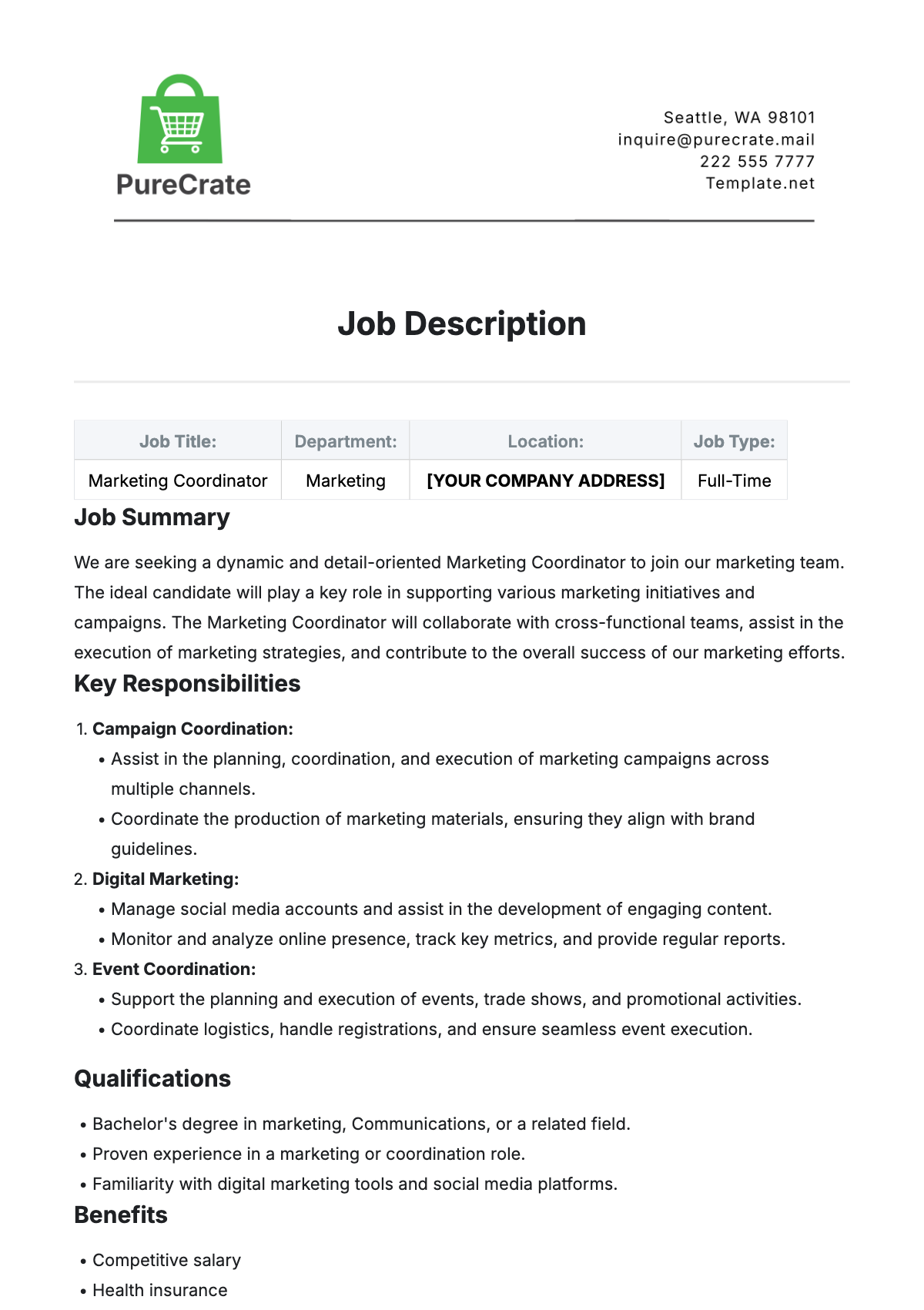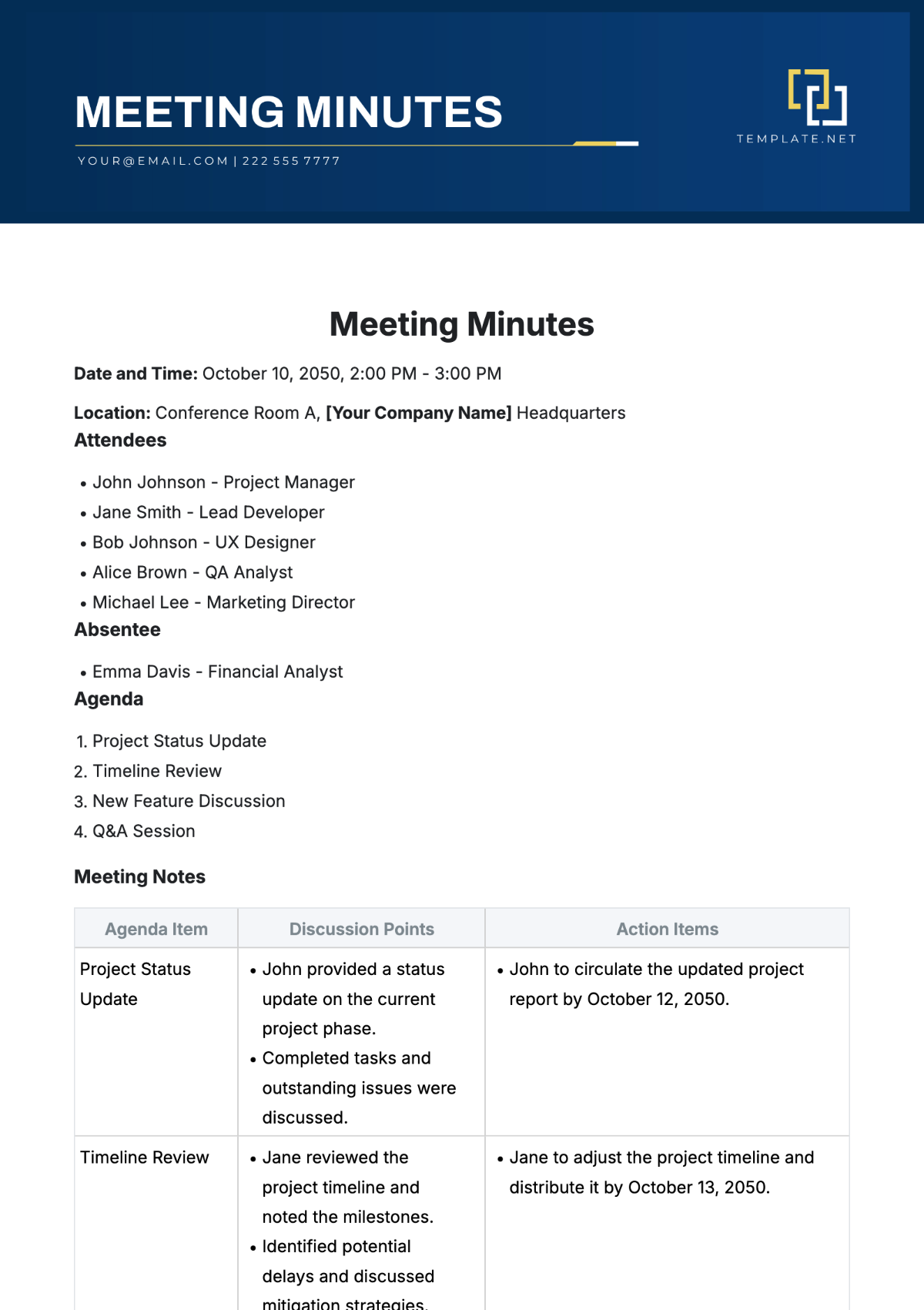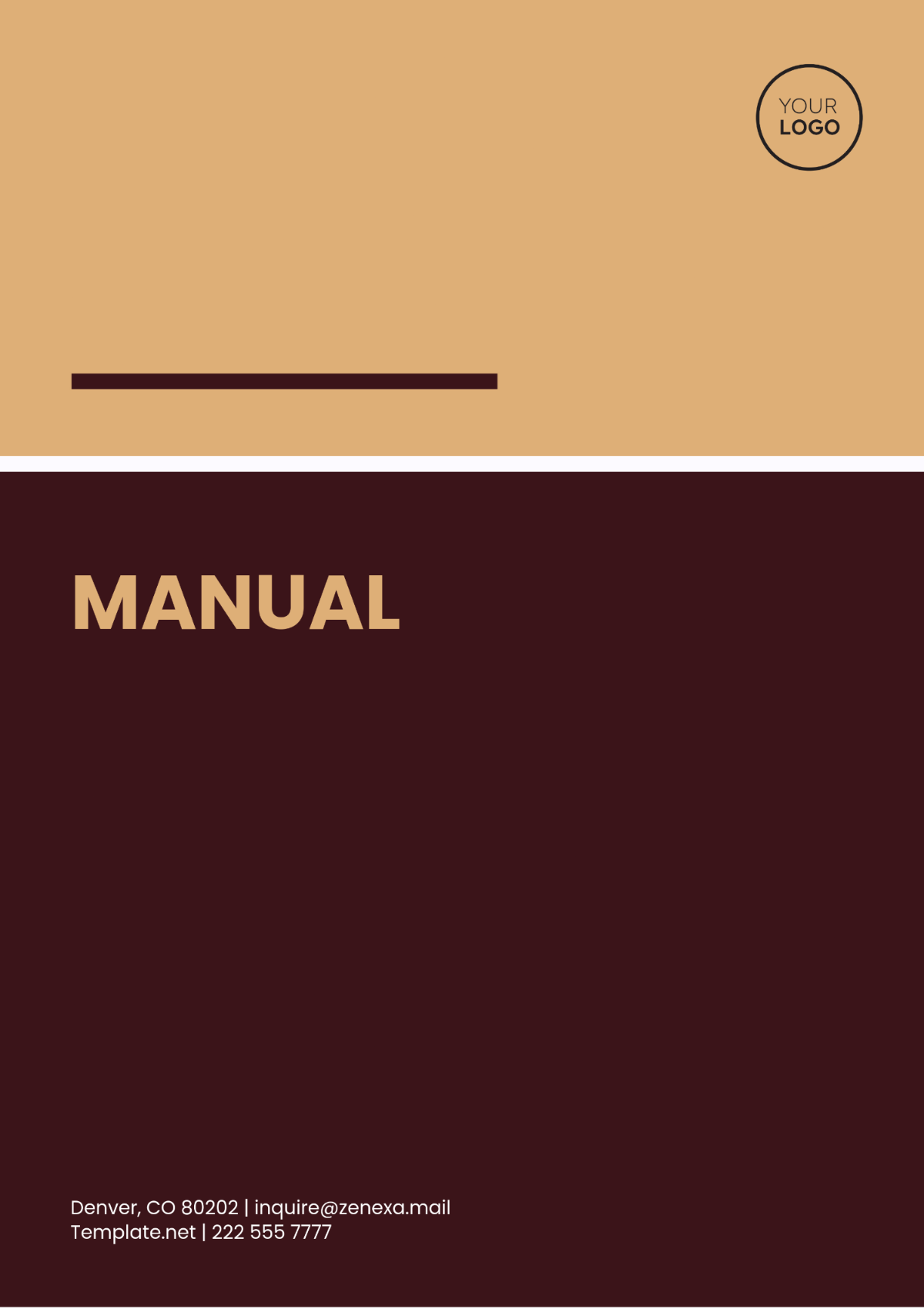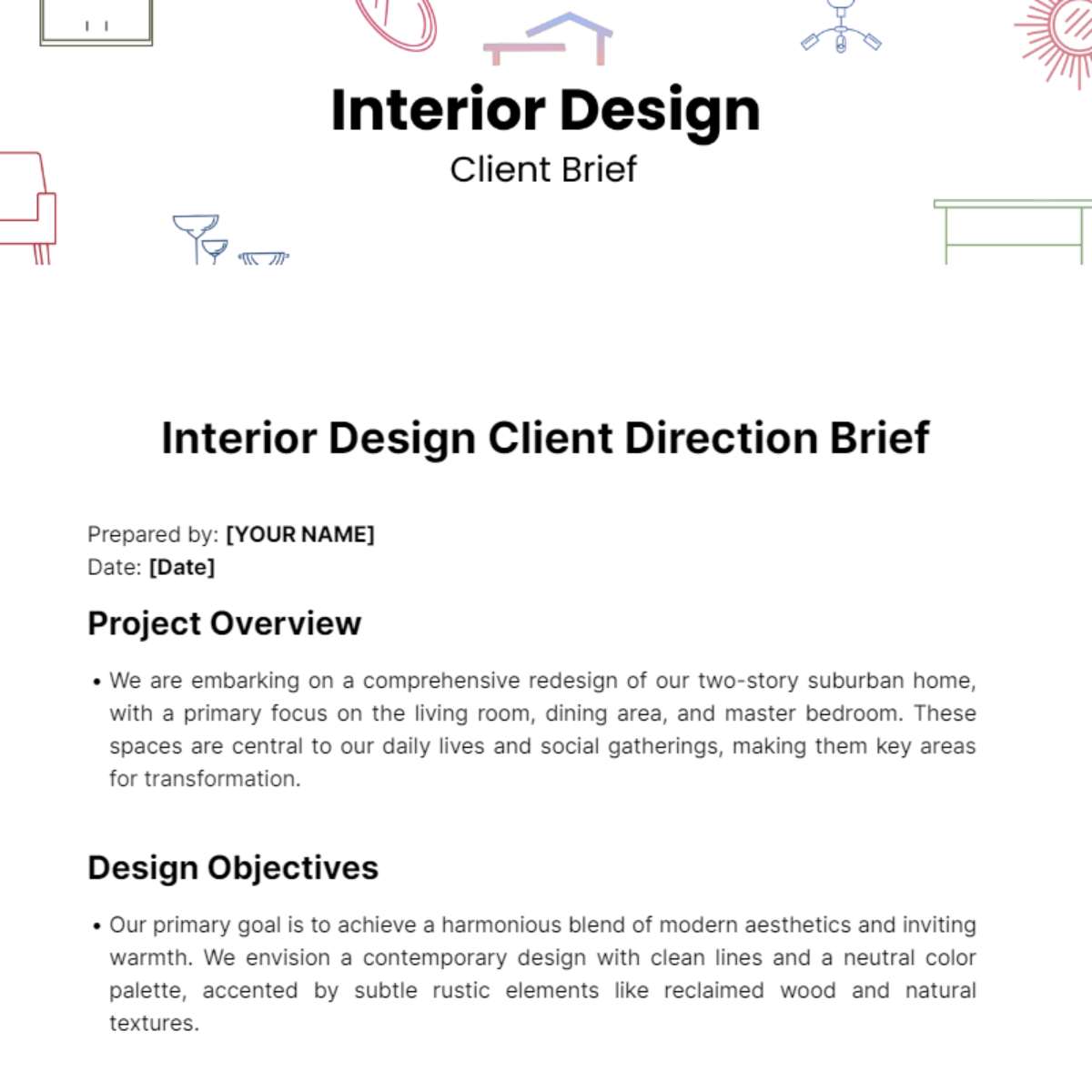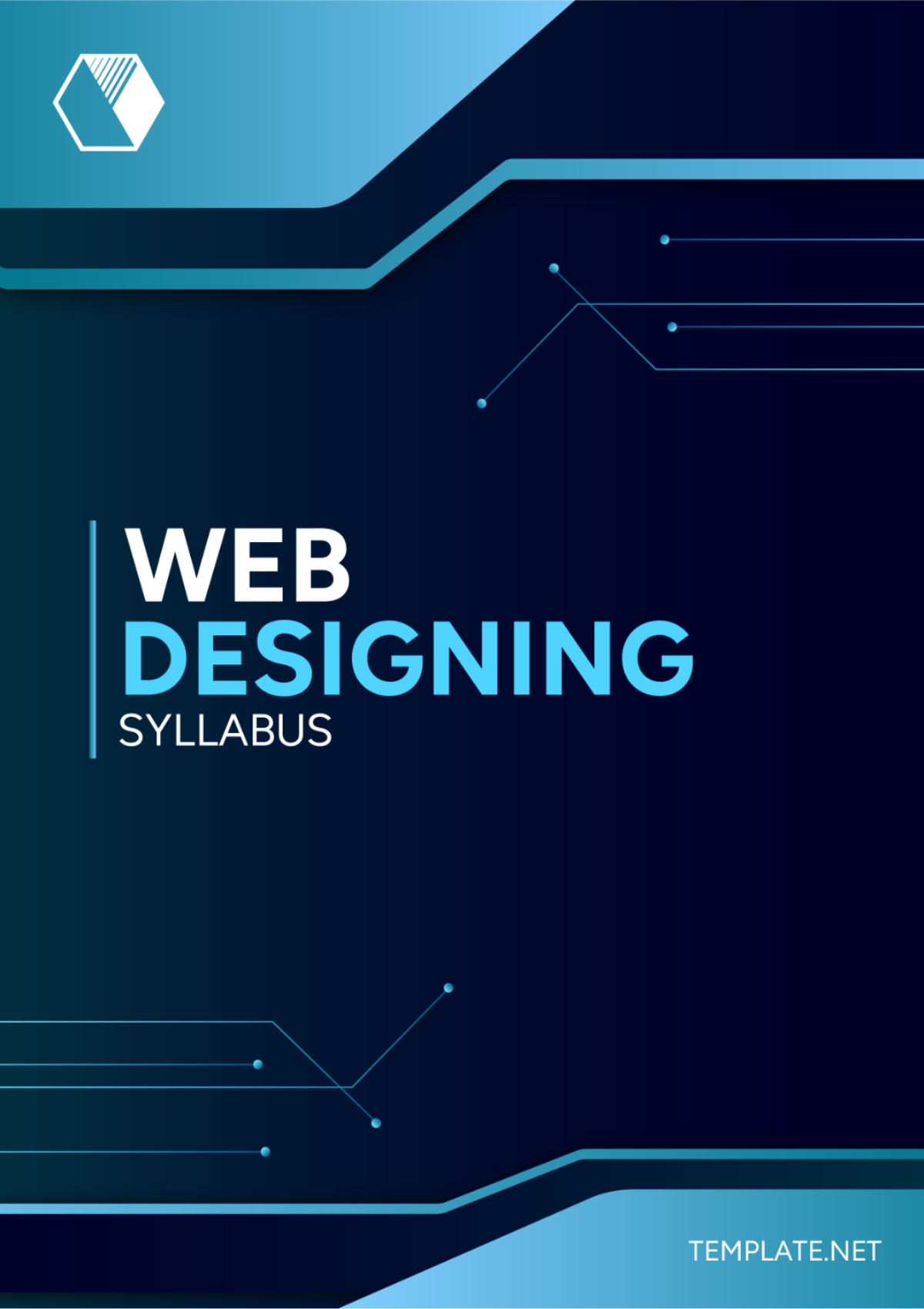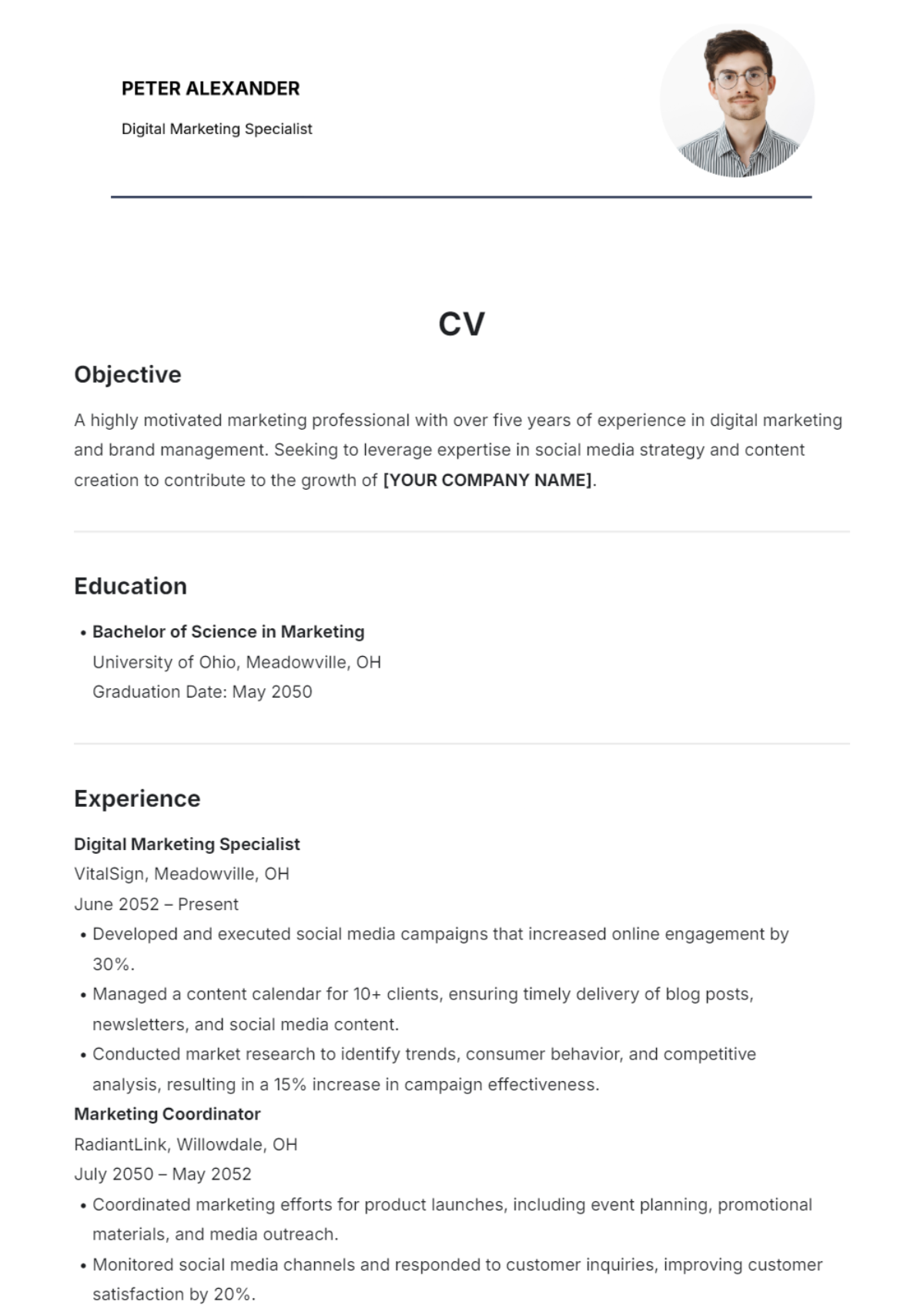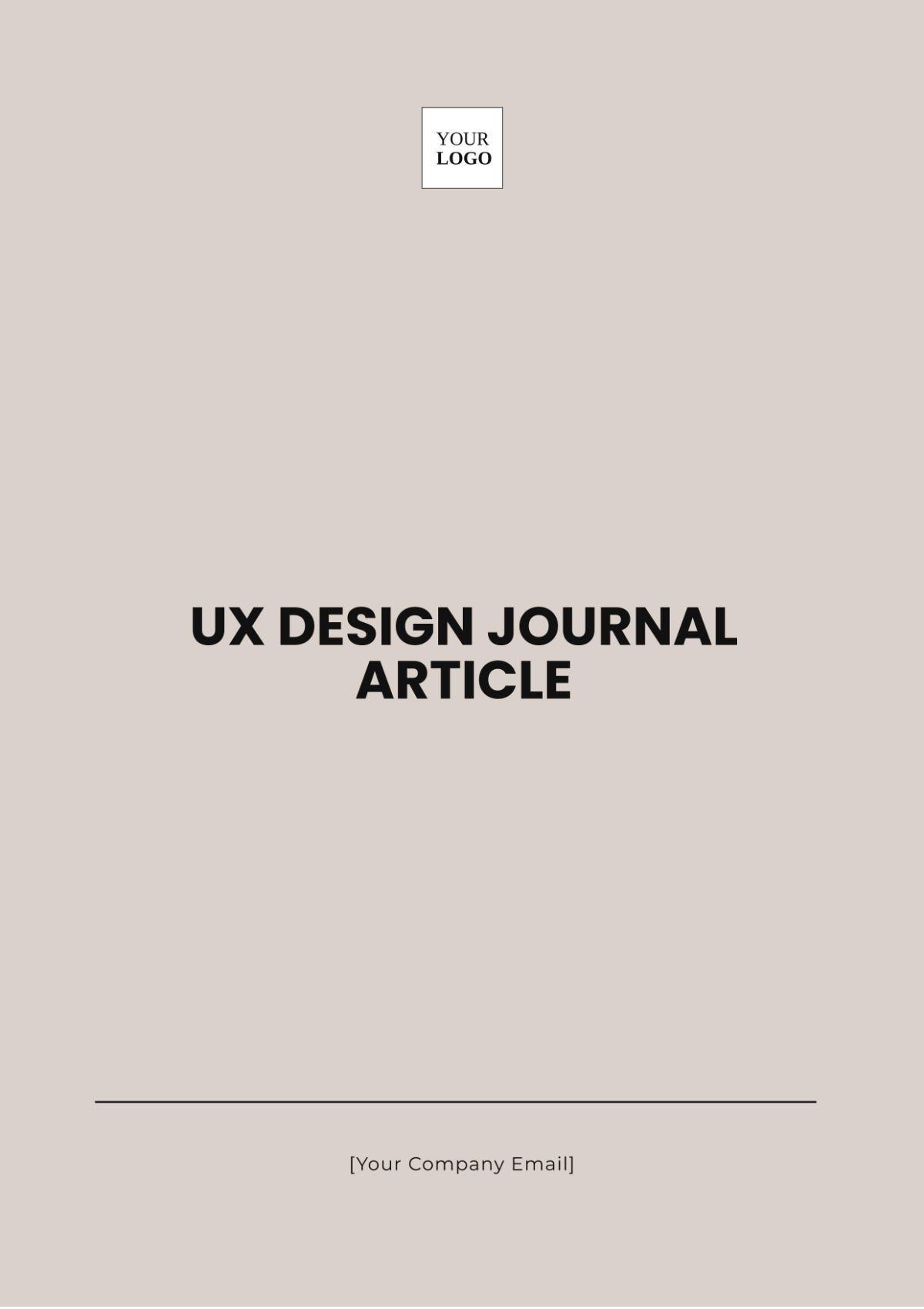UX Design Journal Article
Title: Navigating the Future: Advanced Methodologies and Emerging Technologies in UX Design for 2050 and Beyond
Prepared by: [Your Name]
Date: [Date]
I. Abstract
User Experience (UX) design is a pivotal element in crafting successful digital products in the modern era. This article provides an in-depth examination of advanced methodologies, groundbreaking research findings, and innovative case studies aimed at optimizing user interfaces and interaction design. By integrating theoretical perspectives with practical applications, this study evaluates how emerging technologies such as artificial intelligence (AI) and virtual reality (VR) influence user satisfaction and engagement in 2050 and beyond. The insights offered contribute significantly to the evolving field of UX design, addressing the challenges and opportunities presented by futuristic technological advancements.
II. Introduction
As digital interactions increasingly define daily life, User Experience (UX) design has become essential in creating engaging and effective digital products, including websites, applications, and software. The growing complexity of digital ecosystems demands that UX design not only enhance usability but also foster deep user satisfaction and brand loyalty. This article aims to explore the multifaceted nature of UX design, examining foundational theories, cutting-edge methodologies, and the transformative impact of advanced technologies on the user experience landscape. By bridging theoretical insights with practical implementations, the study seeks to provide a comprehensive overview of contemporary and future UX design practices.
III. Literature Review
The domain of UX design intersects various disciplines such as psychology, design theory, and computer science, with significant contributions from thought leaders. Don Norman's concepts of affordances and mental models remain foundational in understanding user interactions, while Jacob Nielsen's heuristics for usability continue to serve as essential guidelines. Recent research emphasizes the growing importance of emotional design, which plays a crucial role in fostering user-product connections. Additionally, studies from 2050 highlight the impact of AI-driven personalization and VR technology in enhancing user experiences. The literature underscores the value of continuous user testing and iterative design processes, especially in the context of rapidly evolving technological landscapes.
IV. Methodology
This study adopts a mixed-methods approach to analyze both qualitative and quantitative data from diverse sources. A comprehensive review of contemporary UX design literature, spanning from 2050 to present, was conducted to identify emerging methodologies and trends. Case studies across various sectors—including e-commerce, mobile applications, and VR environments—were examined to illustrate practical applications and innovations. Surveys and interviews with UX professionals, technologists, and users provided additional insights into current practices and future challenges. Data analysis involved thematic techniques to uncover prevalent patterns and actionable insights relevant to the future of UX design.
V. Results
The research identifies several key methodologies crucial for effective UX design in the futuristic landscape: adaptive user-centered design, continuous iterative prototyping, and advanced usability testing. Case studies reveal the successful application of these methodologies in diverse contexts, including highly immersive VR applications and AI-integrated interfaces. Survey results and professional interviews indicate that while traditional methodologies remain relevant, there are significant challenges in maintaining user engagement amidst rapid technological changes and integrating novel technologies like AI and VR into design processes.
VI. Discussion
Our findings reveal that successful UX design in 2050 and beyond is deeply rooted in understanding user needs and behaviors within an advanced technological context. Adaptive user-centered design ensures that the user remains central in the design process, while continuous iterative prototyping supports ongoing refinement and optimization. Advanced usability testing, incorporating AI-driven analytics and VR simulations, provides crucial feedback for improving user satisfaction. The rapid evolution of technology necessitates that UX designers stay informed about emerging tools and methodologies, including AI-driven personalization and VR-based experiences, to effectively meet future challenges and opportunities.
VII. Conclusion
In summary, UX design is integral to the success of digital products, significantly influencing user engagement and satisfaction in a rapidly evolving technological landscape. This article highlights the importance of adaptive user-centered design, continuous iterative prototyping, and advanced usability testing as core methodologies. Future research should focus on integrating emerging technologies and developing new metrics for evaluating UX effectiveness. By continually adapting and refining these practices, UX designers can create increasingly intuitive, engaging, and satisfying user experiences in the digital age.
VIII. References
Norman, D. A. (2050). The Design of Everyday Things in the Age of AI. Future Publishing.
Nielsen, J., & Molich, R. (2050). Heuristic Evaluation of Next-Gen User Interfaces. In CHI'50 Conference Proceedings (pp. 249-256).
Garrett, J. J. (2050). The Elements of User Experience: Advanced Design for the Digital Era. New Riders.
Russell, J. A. (2050). Core Affect and Emotion in a Digitally Mediated World. Psychological Review, 150(1), 145.
Lewis, C., & Rieman, J. (2050). Task-Centered Design for Future Technologies. University of Colorado, Boulder.


